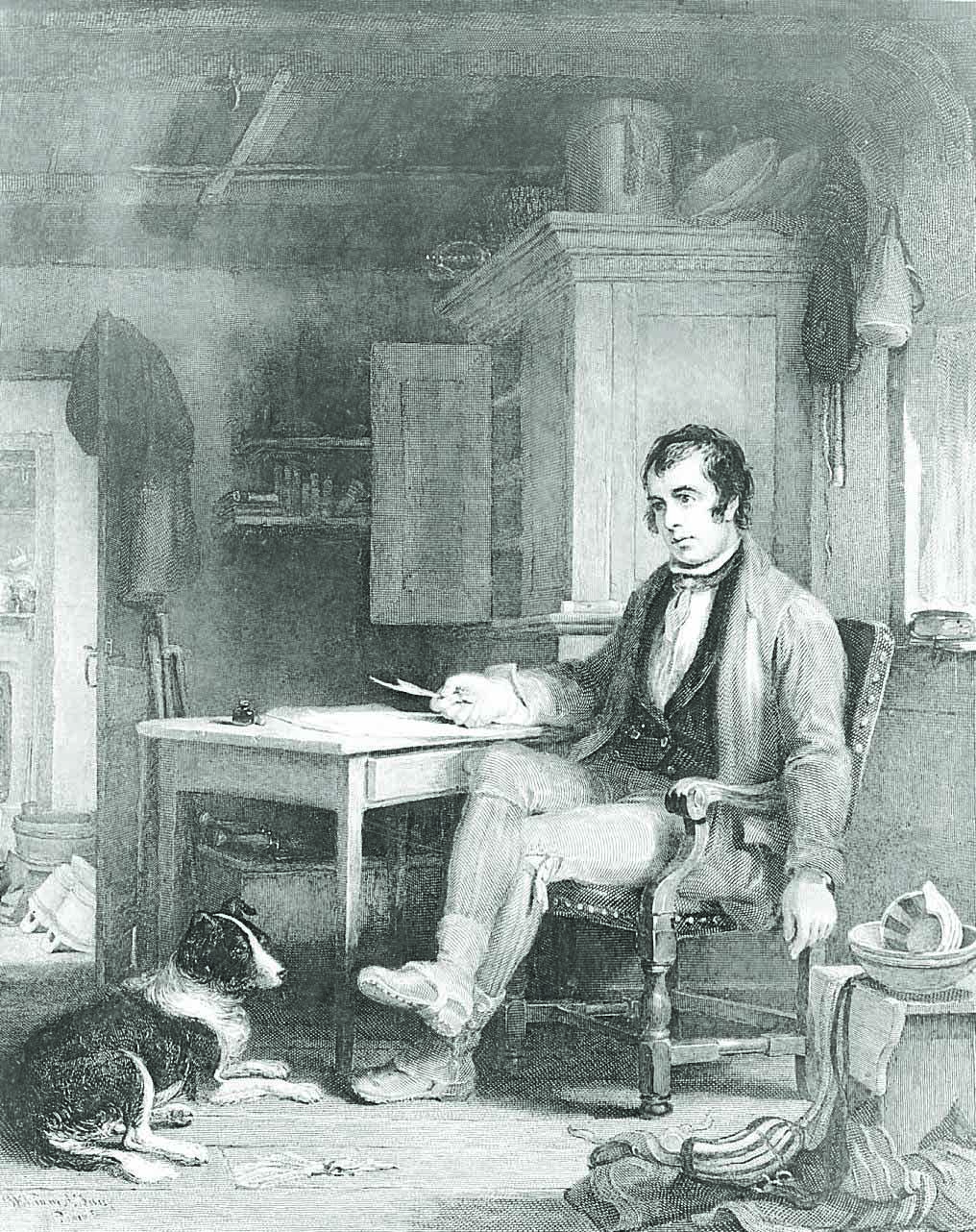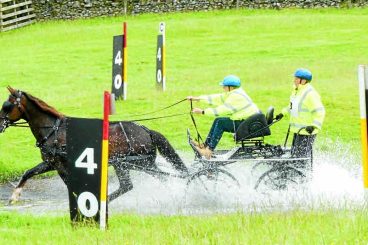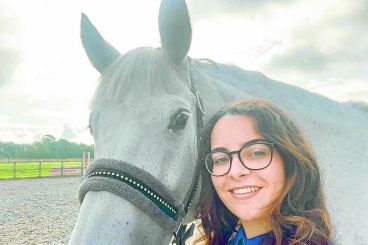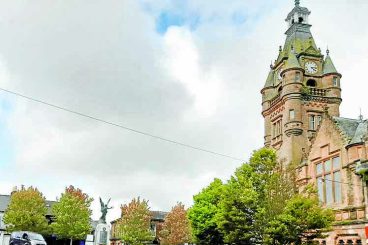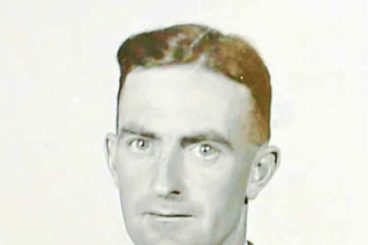Now academics at the University of Glasgow’s Centre for Robert Burns Studies are revealing new insights into the man behind some of the world’s greatest known poems and songs.
In the ‘Editing Robert Burns for the 21st Century: Correspondence’ project, scholars have been exploring Burns’ significant letters to reveal a man who knew his own mind – particularly when it came to writing in Scots.
The team looked at 800 letters written by the Bard and around 300-400 letters from friends and admirers of Burns – and have put together both sides of the letter correspondence where available.
Dr Rhona Brown, senior lecturer in Scottish Literature at the University of Glasgow’s Centre for Robert Burns Studies, said: “In the correspondence, we get closer to Burns ‘the man’ than anywhere else: his letters reveal his triumphs, failures, anxieties, fears and joys.
“Our edition of the correspondence is also presenting, for the first time, letters written to Burns as well as by Burns, allowing us to reconstruct personal dialogues from throughout Burns’s life. Two of Burns’s relationships stand out –with Dr John Moore and Mrs Frances Dunlop – as we have both sides of the correspondence.
“What is fascinating, for example, is that early on, Moore advised Burns not to write in Scots. He cautioned Burns that he was limiting his audience and felt that London readers wouldn’t understand or connect with the Scots language. Dunlop advised him to avoid political subjects.
“But Burns is his own man and ignores the advice and carries on regardless. I think history has now shown that he was right.”
Dr Brown added that the letters show he is powerful in prose: “He is a genius in correspondence. In these texts, Burns offers an unofficial autobiography, in powerful and beautiful prose which is just as impressive and flowing as his poetry.”
And the responses to his letters also reveals that reactions to Burns’s works were not always what we might expect.
Dr Craig Lamont, research associate in Robert Burns Studies at the University of Glasgow, said: “Burns sends Dr John Moore a long, heartfelt letter giving a detailed account of his childhood and life up to 1787: this letter is now known as Burns’s autobiographical letter. In response, Moore asks Burns to ‘divide your letters when they are so heavy’, because ‘I was obliged to pay six & eightpence for it’.”
The correspondence will be published as part of the new Collected Works of Robert Burns published by the Oxford University Press.
n A VIDEO documentary on the project can be viewed at https://burnsc21-letters-poems.glasgow.ac.uk/documentaries/





